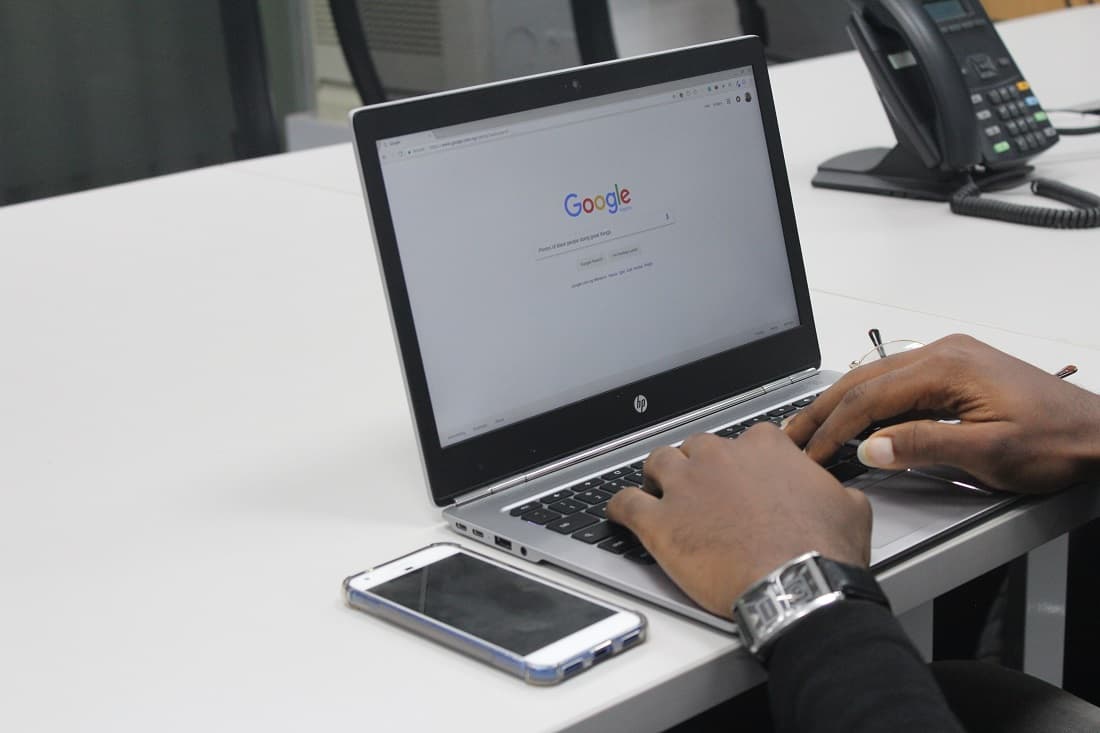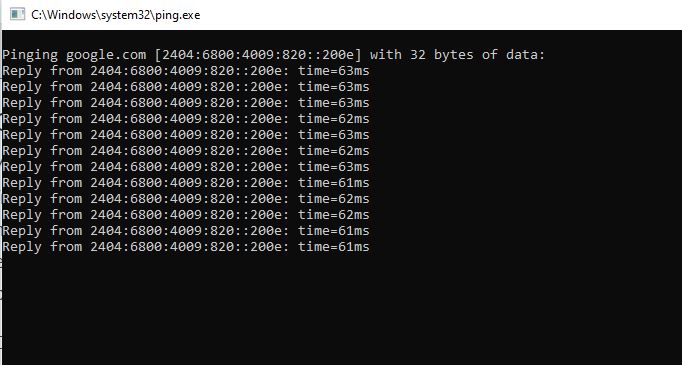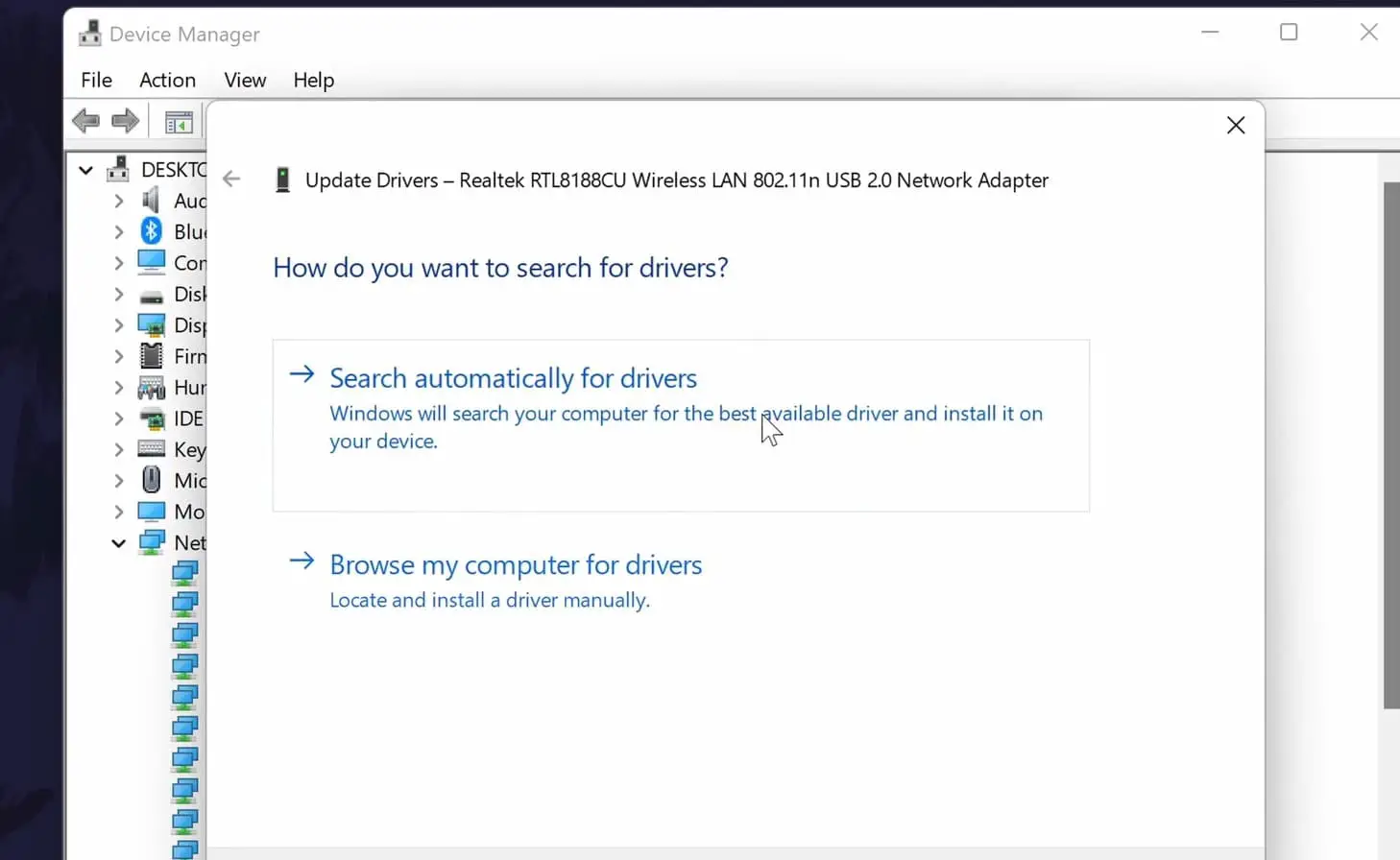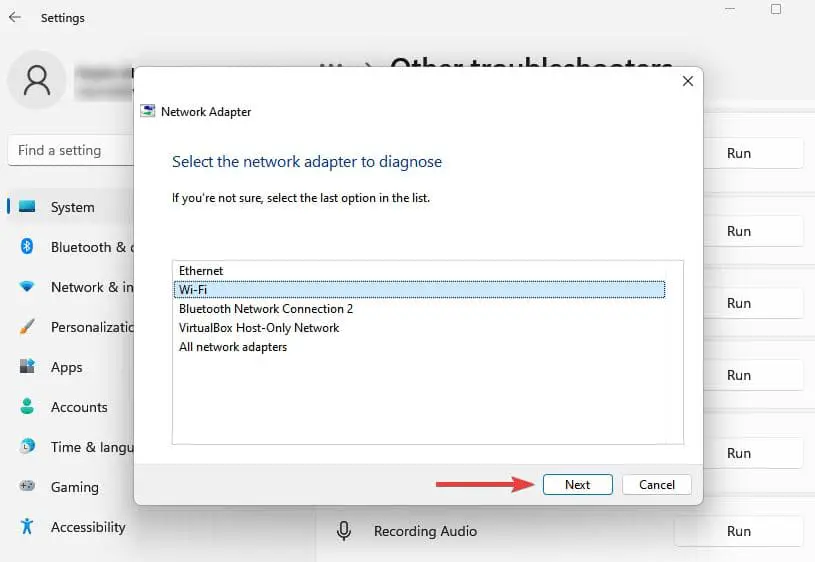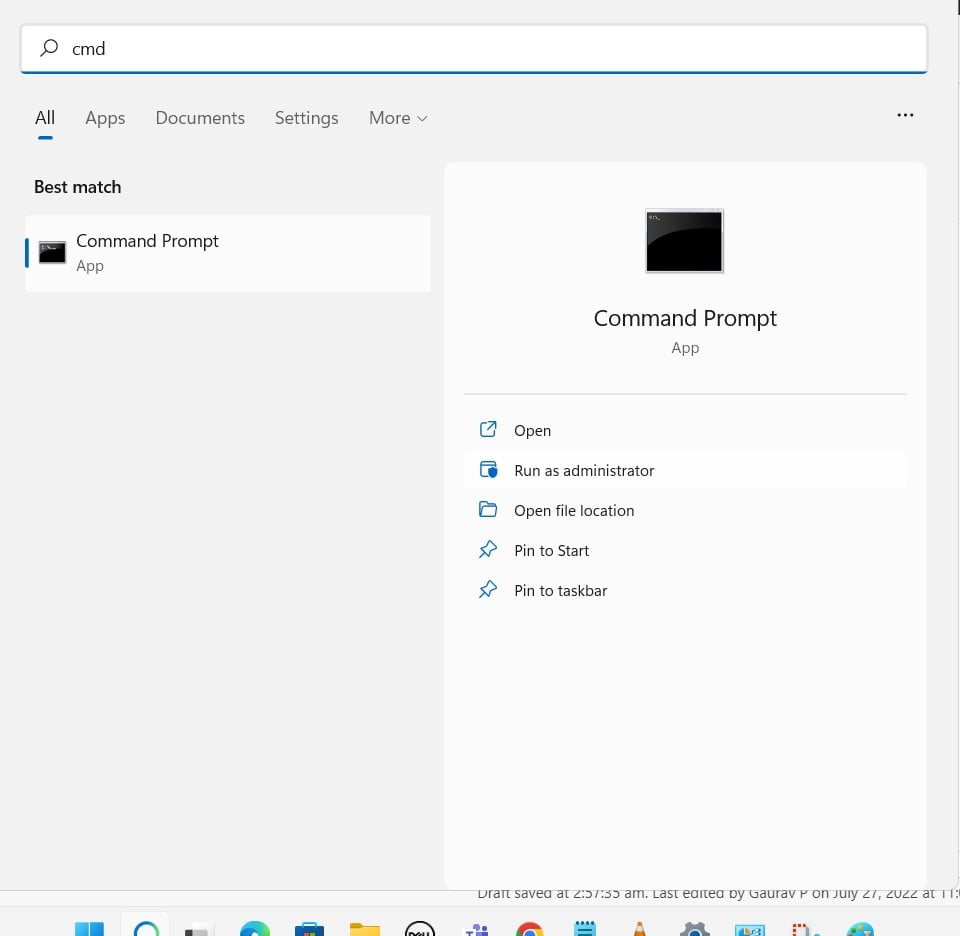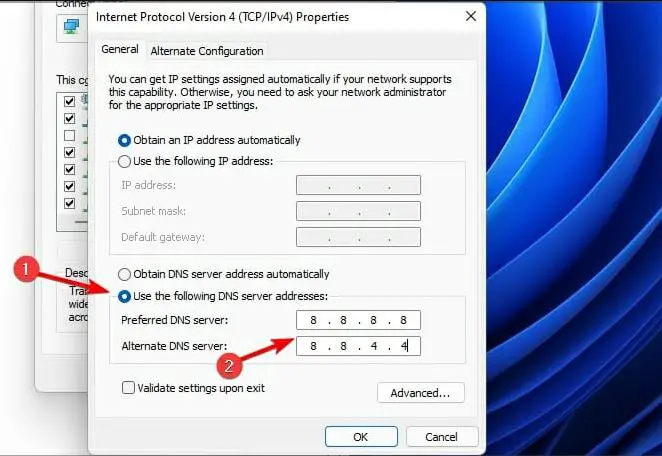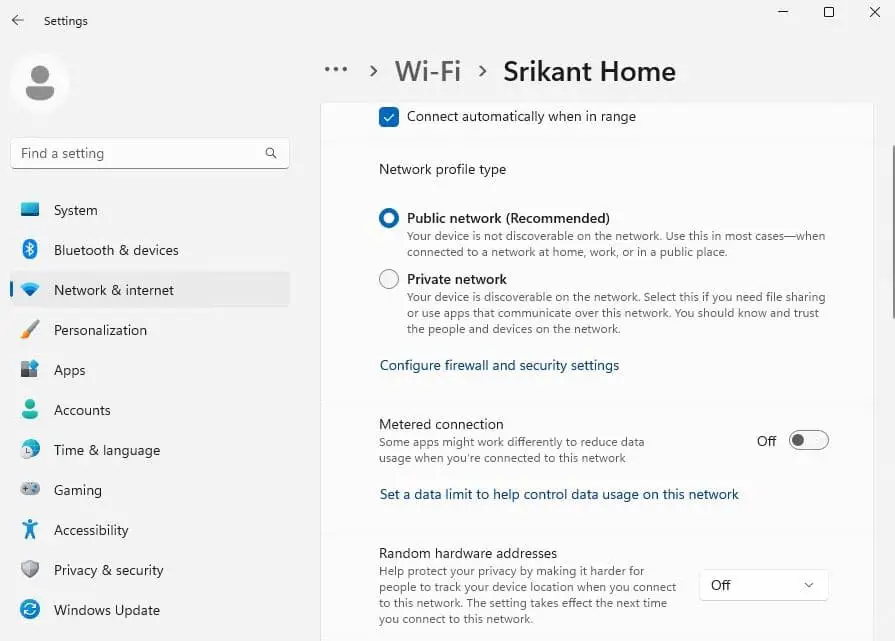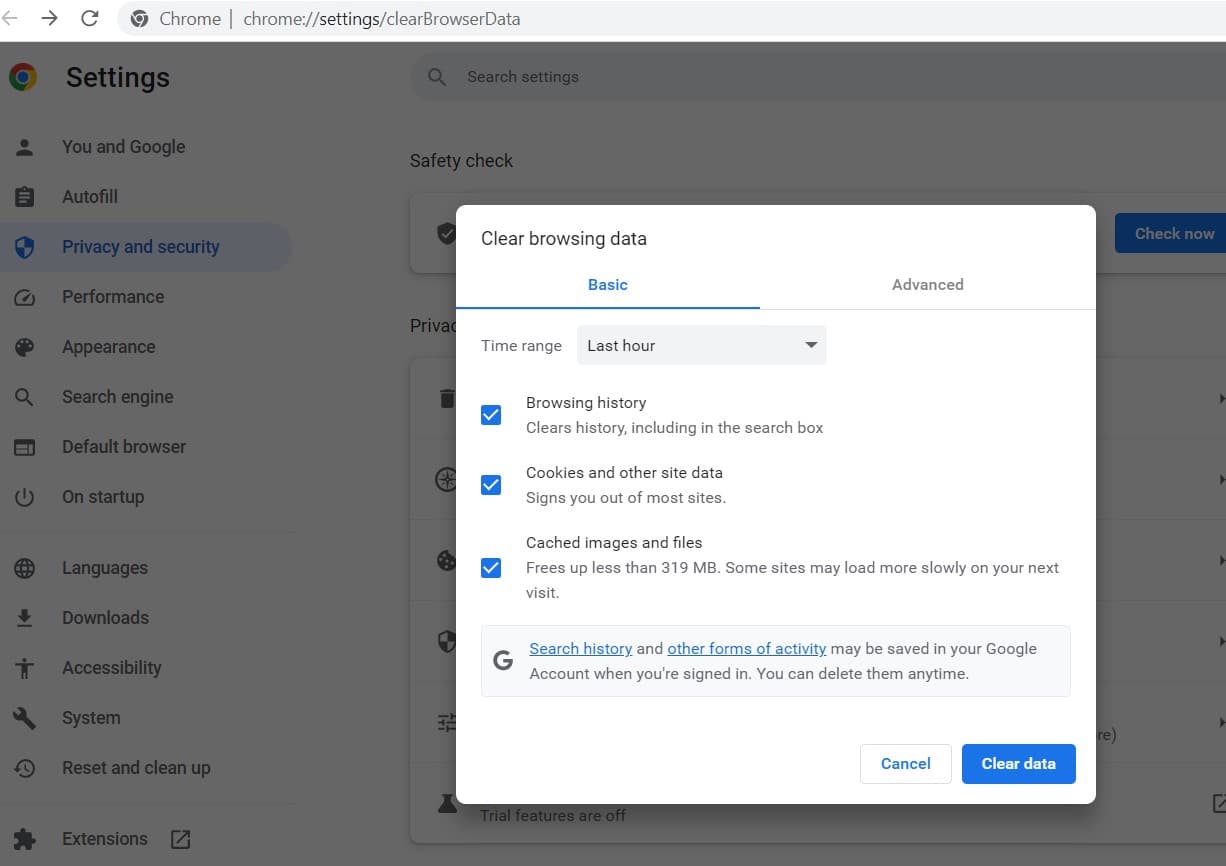Sometimes you may experience slow WiFi Internet on your Windows 11 laptop while your mobile device seems to be connecting just fine. A number of users report This frustrating issue ” Internet speed is AGONIZINGLY SLOW on Laptop but its Fast on mobile, What could be causing this?”. This issue “Internet Slow on Laptop But Not on Other Devices” can occur due to various reasons including, Outdated or corrupt Wi-Fi drivers, Misconfigured network settings, low Wi-Fi signal on Laptop or you may Connect to the Internet using a VPN where Internet is rerouted that slow down the internet speed. Whatever the reason, here is how to boost the Internet speed on Wi-Fi.
WiFi is slow on Laptop but fast on Mobile
It may be outdated or incompatible Wi-Fi drivers on your laptop lead to slower internet speeds that need to update with the latest version. Incorrect network configuration is another common reason why WiFi is slow on Laptop but fast on Mobile, reset TCP/IP configuration and switch to faster DNS (Google DNS) help resolve the issue on Windows 11. Some other reasons include VPN or low Wi-Fi signal, which can result in slower speeds on Laptop.
Check Internet is stable
Well If you’re using a VPN or proxy on your laptop, try disabling them temporarily to see if they’re causing the slowdown. Sometimes, a simple restart can resolve network-related problems, let’s restart Windows 11 and check if this helps.
Restarting your laptop can solve the majority of your existing internet issues in your laptop.
Use a speed test website or apps like Ookla’s Speedtest, Fast.com, or Google’s speed test (search “speed test” on Google) to measure your internet’s download and upload speeds.
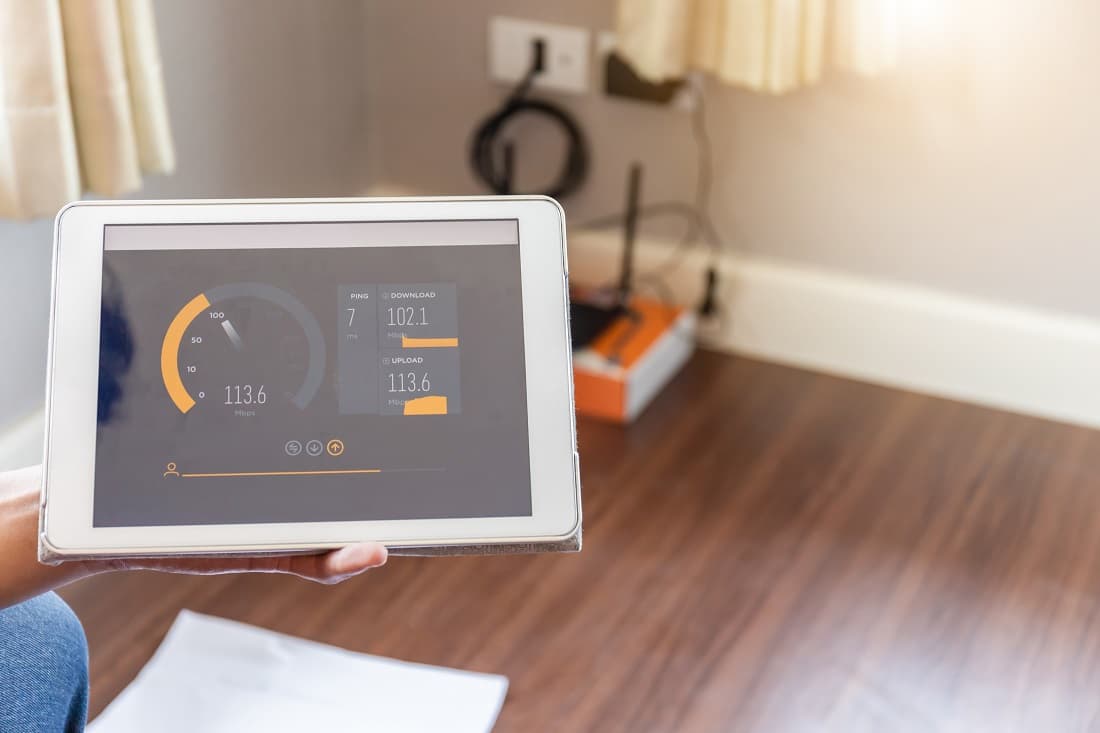
Press Windows key + R, type ping google.com -t and press Enter, check continuously getting ping replay from the Google server.
Sometimes, simply restarting your router can resolve temporary stability issues. Unplug it for about 30 seconds and then plug it back in to reset it.
Update WiFi driver on Laptop
An outdated Wi-Fi driver can slow down your laptop’s internet speed compared to your mobile device. And you need to update your Wi-Fi driver to potentially improve your laptop’s Wi-Fi performance.
An outdated Wi-Fi driver can limit your laptop’s ability to utilize its Wi-Fi hardware effectively, leading to slower internet speeds.
- Right-click on the “Start” button and select “Device Manager.”
- Locate and expand the “Network adapters” category, Right-click on your Wi-Fi adapter and select “Update driver” from the context menu.
- Select the first option “Search automatically for drivers” to allow Windows OS to find and install the best available driver on the PC.
Also, you can visit the manufacturer’s websites like Intel, Qualcomm, Realtek, and Broadcom or Laptop manufacturers to download and install the latest WiFi driver on your device.
Updating your Wi-Fi driver can help resolve issues related to slow or unstable Wi-Fi connections and improve your laptop’s overall performance.
Run Network Adapter Troubleshooter
Windows 11 comes with different built-in troubleshooters to fix common problems automatically on your computer. Running the network troubleshooter can be helpful in resolving some common network-related issues, including slow internet on a laptop. It helps identify and attempt to fix problems automatically.
- Press the Windows key + I to open the settings
- Go to the system then troubleshoot and click on Other Troubleshooters
- Click Run next to Network adapter, select WiFi option and follow the on-screen instructions.
The troubleshooter identifies and fix problems related to network adapters, such as Wi-Fi or Ethernet issues, including driver problems, connectivity issues, and configuration errors.
Reset TCP/IP configuration
Sometimes Incorrect or misconfigured network settings can lead to slow internet speeds and connectivity issues. Resetting TCP/IP can resolve problems related to connectivity and communication between your computer and the network.
- Press Windows key + S, type cmd, and select run as administrator.
Now run the following commands one after one.
netsh winsock reset
netsh int ip reset
ipconfig /release
ipconfig /flushdns
ipconfig /renew
The above command resets network connections and revert TCP/IP settings to default. Also clears DNS cache and releases and ask the DHCP server for new IP address that is very helpful resolve connectivity and configuration issues.
Switch to Google DNS
Google’s DNS servers are known for their speed and reliability, and they can sometimes provide faster and more stable DNS resolution than your default DNS servers provided by your ISP. Lets configure your network settings to use Google DNS that help boost internet speed on your Laptop.
DNS translates domain names to IP addresses so browsers can load Internet resources
- Press “windows key + R” type ncpa.cpl and click OK
- Right-click on the connection you’re using and select Properties.
- Double-click on Internet Protocol Version 4 (TCP/IPv4).
- Select Use the following DNS server addresses, and input “8.8.8.8” and “8.8.8.4”.
Cloudflare, Google DNS, Quad 9, and Comodo are good DNS to try out.
Disable metered connection
When a network is set as “metered,” Windows may limit background data usage to conserve data for users with limited data plans, which can result in slower internet speeds. Disabling this setting can allow your laptop to use the full available bandwidth, potentially improving internet performance.
- Press the Windows key + X and select settings
- Go to Network & Internet then Click on Wi-Fi or Ethernet (depending on the active connection).
- And finally Turn off the “Metered connection” toggle switch to disable the feature on Windows 11.
Clear browser cache and cookies
If you feel slow internet on Chrome browser or Microsoft Edge, it may be excessive browser cache and Cookies. Usually, the browser stores data like images and files in a cache so that it can load the pages faster in subsequent visits. However, over time, this cache can become bloated or corrupted, which may slow down your browsing experience. And you need to Clear browser cache and cookies to load web pages faster and internet speed.
- Open Google Chrome or Microsoft Edge browser,
- Press Shift + Ctrl + Del or type chrome://settings/clearBrowserData in the address bar then press enter key
- Select the Time range “All time” checkmark on cookies and other site data, cached images and files then click on clear data.
Overall, regularly clearing your browser’s cache and cookies is a good practice for maintaining optimal browsing speed and performance. relaunch browser and check if the internet speed is faster on your laptop.
Reset the network settings
If above methods fails to fix the problem, you should consider reset the network settings default. This process typically involves returning network configurations to their default state, which can resolve misconfigurations or conflicts that may be causing connectivity problems.
Keep in mind that resetting network settings will remove any custom configurations you have set, so it’s important to back up important network information before proceeding.
After the reset, you may need to reconfigure network settings, reconnect to Wi-Fi networks, and set up any VPNs or custom DNS settings again.
Also If there are many other devices connected to this same WiFi, then that itself can slow your connection. You can try connecting via Ethernet and see if you get better speeds.
Faulty network adapters, damaged cables, or even a malfunctioning router can all lead to sluggish internet speeds. It’s crucial to consider hardware troubleshooting if software-based solutions don’t resolve the issue. Checking for physical damage, replacing faulty components, or seeking professional assistance for hardware repairs can be essential steps in resolving slow internet problems.
Also read:
- WIFI says connected But no internet Access on Windows 10 laptop (Solved)
- Solved: Mobile hotspot not working in Windows 10
- Wi-Fi option disappeared after the Windows 11 update (solved)
- Wireless Adapter Missing or not showing up on Laptop [Solved)
- Computer Keeps Hanging or Freezing after Windows 11 update (Solved)
